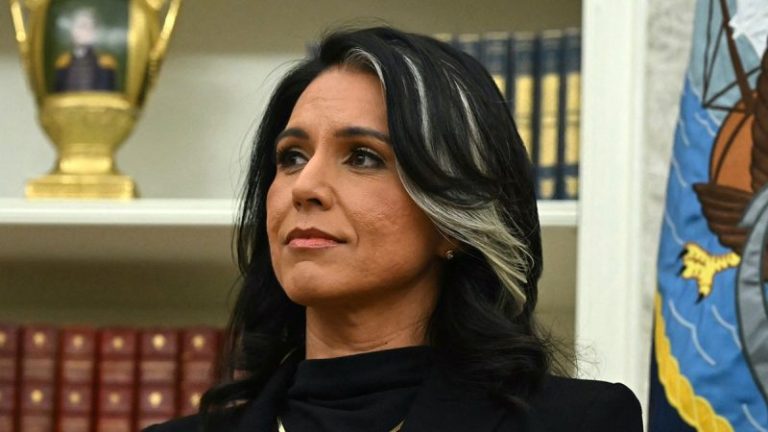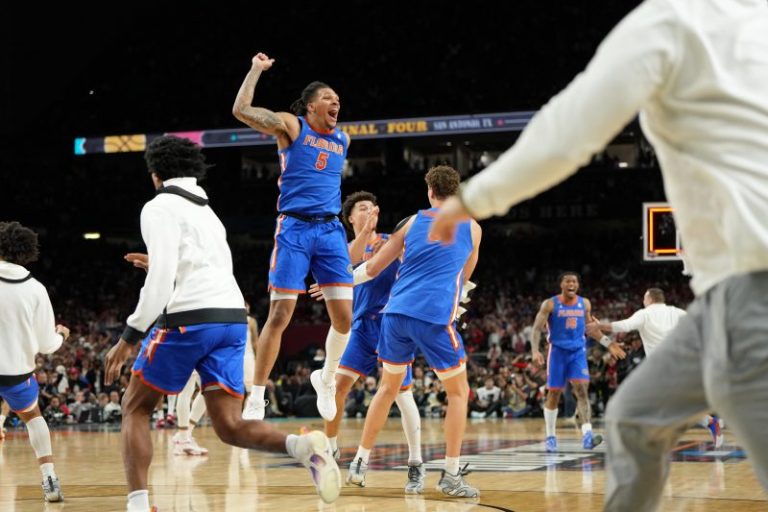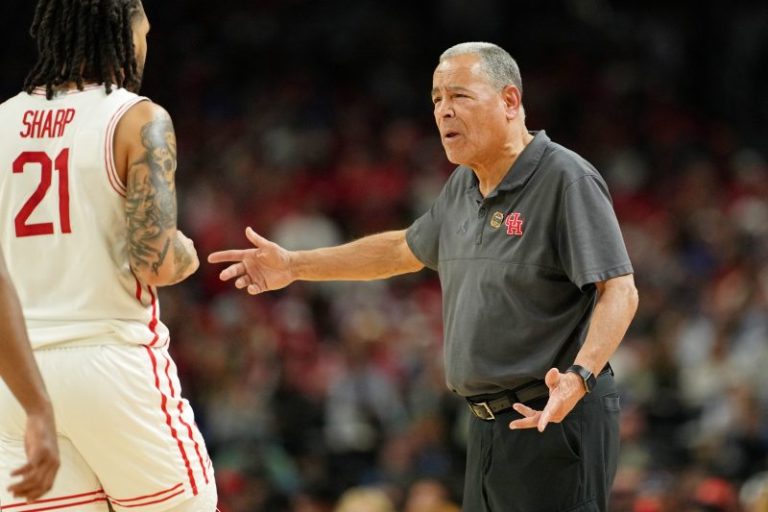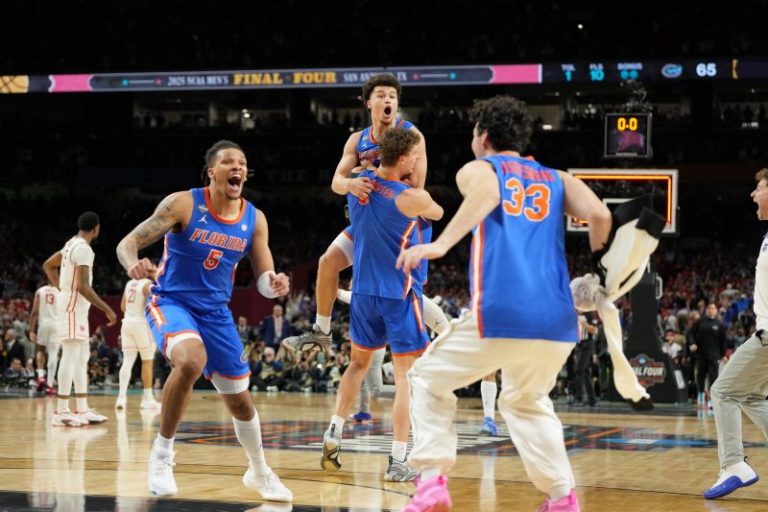Director of National Intelligence Tulsi Gabbard established a new task force charged with restoring transparency and accountability in the intelligence community, Fox News Digital has learned.
The group, dubbed the Director’s Initiative Group (DIG), is starting by investigating weaponization within the intelligence community.
Officials said the group will also work to root out politicization and expose unauthorized disclosures of classified intelligence. In addition, it will work to declassify information ‘that serves a public interest.’
So far, the Director’s Initiative Group has reviewed documents for potential declassification, including information related to the origins of COVID-19 and the John F. Kennedy Jr., Robert F. Kennedy and Martin Luther King Jr. assassination files; the original Trump–Russia investigation; anomalous health incidents; the Biden administration’s domestic surveillance and censorship against Americans, and more.
Officials told Fox News Digital that the Director’s Initiative Group also is leading assessments of the structure of the intelligence community, its resources and its personnel to ‘approve efficiency and eliminate wasteful spending.’
Gabbard told Fox News Digital that she established the group ‘in order to rebuild trust in the intelligence community and execute the tasks required by President Trump’s intelligence-related executive orders.’
‘We are already identifying wasteful spending in real time, streamlining outdated processes, reviewing documents for declassification, and leading ongoing efforts to root out abuses of power and politicization,’ Gabbard told Fox News Digital.
‘President Trump promised the American people maximum transparency and accountability,’ she continued. ‘We are committed to executing the president’s vision and focusing the intelligence community on its core mission: ensuring our security by providing the president and policymakers with timely, apolitical, objective, relevant intelligence to inform their decision-making to ensure the safety, security and freedom of the American people.’
Gabbard also has held employees who participated in sexually explicit NSA chatrooms accountable, and is pursuing action on those who have made unauthorized leaks of classified information within the intelligence community.
In February, Gabbard said former President Joe Biden’s administration was aware of ‘very sexually explicit, highly inappropriate and unprofessional chatter’ happening on internal agency messaging boards across national intelligence entities for years, but they allowed it to go on. She said the chat rooms ‘were set up because of DEI policies.’
Federal employees are still under investigation for allegedly misusing an internal agency messaging board to dish on their sexual fantasies under the guise of diversity, equity and inclusion (DEI), officials say.
Chat logs from the National Security Agency’s (NSA) ‘Intelink’ messaging platform, obtained by researchers from the conservative Manhattan Institute reportedly via sources within the NSA, revealed employees from various intelligence agencies discussing their experiences with gender-reassignment surgery, artificial genitalia, hormone therapy, polyamory and pronoun usage. Some of these agencies reportedly include the Defense Intelligence Agency, U.S. Naval Intelligence and the NSA.
After the Intelink chat logs were released, an NSA spokesperson indicated to Fox News Digital that it was ‘actively investigating’ potential abuses of the agency-operated messaging platform.
Meanwhile, since becoming director of national intelligence, Gabbard revoked the security clearances of several people, including Biden, former Vice President Kamala Harris, Hillary Clinton and other Trump political opponents.
She also revoked the security clearances of ‘the 51 signers of the Hunter Biden ‘disinformation’ letter.’










